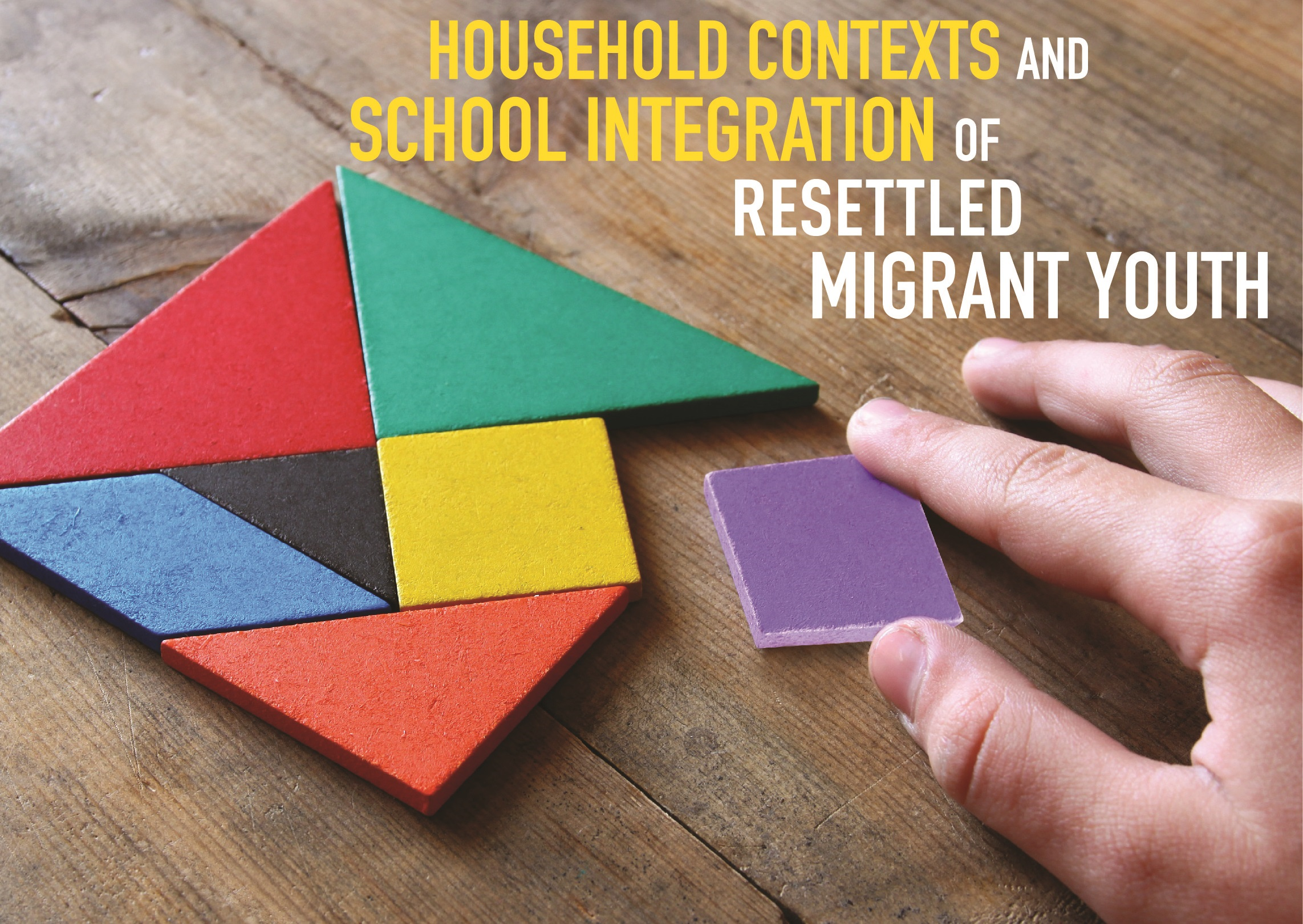You are here: American University Centers Latin American and Latino Studies Household Contexts and School Integration of Resettled Migrant Youth

Between 2013 and 2018, over 180,000 unaccompanied migrant children from Central America have been resettled in communities across the United States—more than 18,000 in the Washington, DC metropolitan area alone. Tens of thousands more have been resettled as part of family units. Under federal law, state and local jurisdictions are mandated to provide these newcomer youth with formal schooling, yet varying levels of institutional capacity, public funding, and familiarity with this populations have led to divergent school responses. CLALS is analyzing data gathered in collaboration with community partners to explore how local school responses and youth household circumstances are impacting their school integration experiences.
Central American youth who migrate to the U.S. alone or as part of a family unit are resettled in a diverse range of household contexts, many under the care of a long-separated or formerly unknown parent, other relative, or family friend. Incorporating these youth into households where mixed legal status and economic disadvantage are the norm frequently cause instability. While research on immigrant youth has linked household instability to poor educational achievement, almost no data exist describing household arrangements or school responses to the needs of Central American newcomers, and their combined effects on educational engagement.
The CLALS research team, led by Director Eric Hershberg, Assistant Professors Noemí Enchautegui-de-Jesús (Psychology) and Ernesto Castañeda (Sociology), and a team of CLALS staff and graduate students, carried out in-depth interviews with over 50 newcomer youth aged 13-17, their caretakers, and dozens of local stakeholders to gather data on youth’s migration and integration experiences, as well as school responses. The results of this study will enhance understanding of the needs of newly arrived minors, guide educational policy and funding decisions for targeted service programs, and inform local and national strategies for improving academic engagement and achievement among this at-risk youth population.